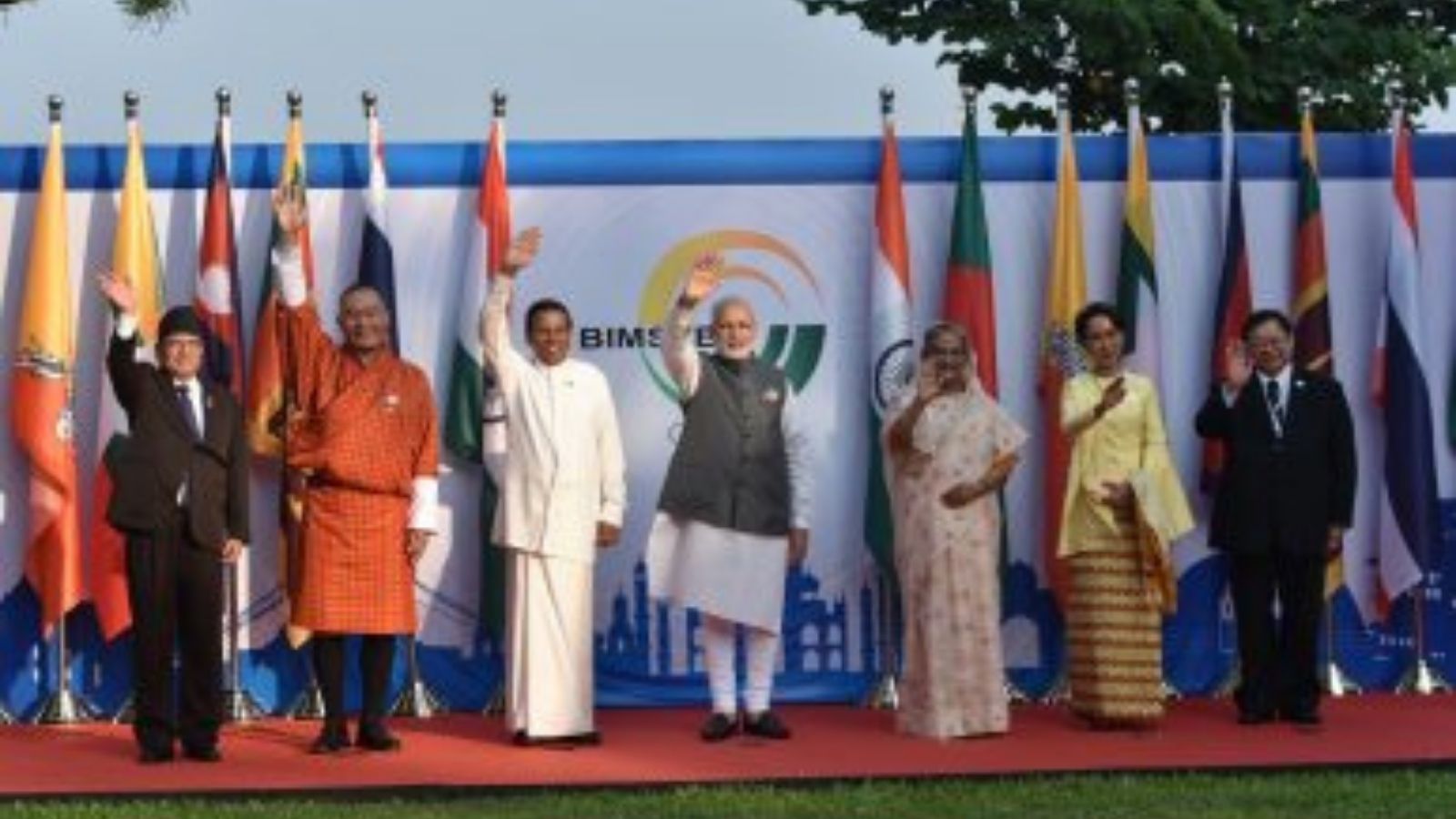By Kamal Madishetty , Alumni of Vision India Foundation
This article was published in the The Diplomat
Image Source : Vision India Foundation
“With Pakistan perennially playing spoilsport in SAARC, BIMSTEC can be expected to play a greater role.”
The recently concluded eighth BRICS summit in Goa, India on October 15-16 saw a range of unprecedented outcomes and engagements. One of the biggest highlights among them was the BRICS-BIMSTEC Outreach Summit, where the BRICS (Brazil, Russia, India, China, and South Africa) leaders met the heads of government of the BIMSTEC countries. In the last two years, BRICS summits have seen engagements with regional players from the host country’s neighborhood. That India chose BIMSTEC over any other regional grouping is indicative of the importance New Delhi attaches to the Bay of Bengal region. BIMSTEC indeed has huge potential to emerge as a grouping that can accelerate the process of regional integration, security cooperation, and inclusive growth in this region. For India in particular, BIMSTEC can be a pivot to the Act East Policy. Through enhanced cross-border connectivity and interlinkages, India’s northeast region can take center stage as the gateway to South East Asia.
BIMSTEC, which stands for Bay of Bengal Initiative for Multi-Sectoral Technical and Economic Cooperation, is a multilateral grouping of seven countries: India, Bangladesh, Bhutan, Nepal, Myanmar, Sri Lanka, and Thailand. In June 1997, the four Bay of Bengal littoral countries of Bangladesh, India, Sri Lanka, and Thailand came together to form BIST-EC (Bangladesh-India-Sri Lanka-Thailand Economic Cooperation). In December the same year, Myanmar joined in to make it “BIMST-EC”, while Nepal received observer status in the organization the following year.
The inauguration of BIMST-EC and the years following it did not see very high profile engagements, as seen in the case of the South Asian Association for Regional Cooperation. Instead, the grouping was off to rather a more modest start, which saw only ministerial-level meetings for a long time. The group started off by laying down the principles, scope, and institutional mechanisms of the organization. In the second ministerial meeting, six sectors were identified for cooperation – trade and investment, technology, transport and communication, energy, tourism, and fisheries.
Read more on The Diplomat

